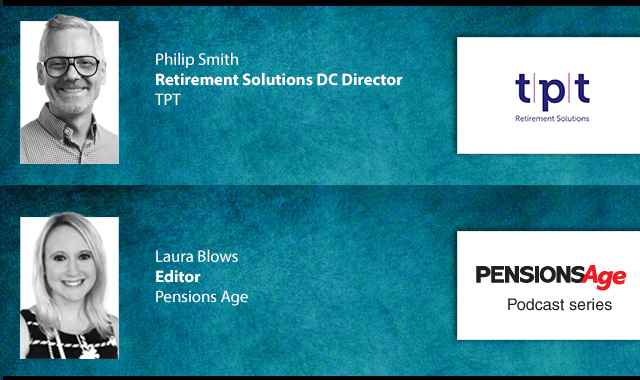Over the last few months, I’ve been writing in Pensions Age to ‘demystify’ some of the key topics around pensions dashboards.
At the Pensions Dashboards Programme (PDP), we recognise that dashboards are a significant task for industry. With less than six months to go until the first mandatory connection window opens for pension providers and schemes,
I want to make sure that we’re working together to help get industry ready. This time, I want to look at data for dashboards.
There are two key types of data for dashboards
The two key types of data that you will need to get ready for are find data and view data.
Find data is the data that is sent to pension providers and schemes from the pension finder service to match users to their pensions. It covers the personal data and contact information of users so that pension providers can search through their records to see if the user is a member of their scheme.
View data is what pension providers and schemes will return to a dashboard if it matches a user with a membership record, and includes information about a member’s scheme and the value of their pension.
There are important tasks to get data ready
PDP has published a suggested timeline for pension providers and schemes, setting out the milestones that need to be met for getting data ready. In the run up to connection, you will be making sure that data is up to date and in electronic form, and that they are testing matching criteria and how quickly they can return data within time limits.
At least 12 months ahead of connection, you need to undertake an assessment of your data. We know that there are smaller schemes that may have some information on their members that is still in paper format. So it’s helpful for you to understand how much work is needed to make your data digital.
Before you get to six months from your connection deadline, you need to focus on your matching criteria for find data. Matching criteria needs to be based on the quality and accuracy of your data. This still can be tested and refined once you are connected. You also need to focus on the response times permitted by legislation for returning view data.
Then in the past six months, you should progress any work you are doing on data cleansing, ensure that any non-digital data has been uploaded to your systems, and fill in any missing data items.
Data isn’t held by dashboards
One of the common misconceptions I come across around dashboards is the idea that they will store users’ pensions data. This is not the case.
When view data is returned to a dashboard, it is only displayed temporarily. The dashboards regulations recently approved by parliament prevent dashboards services from storing the data, beyond storing it for a short time for the purpose of displaying information to the user in a single session.
Data needs to be kept up-to-date
We have extended the view response time for returning view data to dashboards to allow for return of real-time calculations and values.
But returning real-time data is not a requirement. The dashboards regulations and Financial Conduct Authority (FCA) rules confirm the minimum requirements for how current the data must be.
The values provided must be based on a statement already provided to the user within the last 13 months or a calculation undertaken within the previous 12 months. The value in the statement could be more than 12 months’ old. You can provide more recent values, should you wish.
Latest News
-
Political consensus set to be key challenge for Pensions Commission
-
De-risking remains dominant theme for DB despite growing interest in run-on
-
DB schemes warned against ‘tick-box’ climate transition plans amid investment risk concerns
-
DB schemes at crossroads as surplus distribution and data challenges dominate strategy
-
TfL Pension Fund raises ESG allocation to 15.9% after exceeding net-zero target
-
Pension discussions with family and friends remain rare
Private markets – a growing presence within UK DC
Laura Blows discusses the role of private market investment within DC schemes with Aviva Director of Investments, Maiyuresh Rajah
The DB pension landscape
Pensions Age speaks to BlackRock managing director and head of its DB relationship management team, Andrew Reid, about the DB pensions landscape
Podcast: From pension pot to flexible income for life

Podcast: Who matters most in pensions?

In the latest Pensions Age podcast, Francesca Fabrizi speaks to Capita Pension Solutions global practice leader & chief revenue officer, Stuart Heatley, about who matters most in pensions and how to best meet their needs
© 2019 Perspective Publishing Privacy & Cookies










Recent Stories